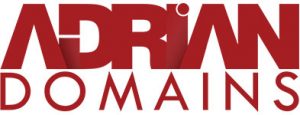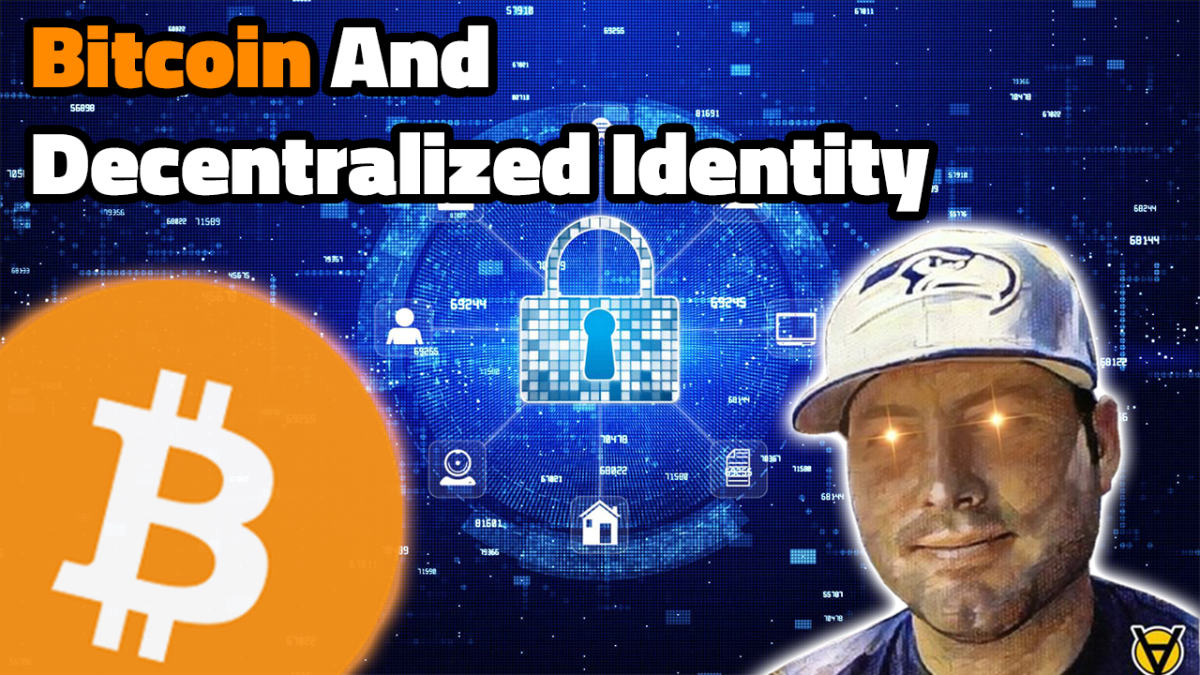[ad_1]
Bitcoin Magazine gets an inside scoop on the hot at home mining trend from various companies in the industry.
Home bitcoin mining is enjoying a wave of popularity right now as would-be bitcoiners recognize all the positive spin-offs of mining at home: home heating, greenhouse projects, and being a part of the bitcoin revolution.
As 2021 draws to a close, Bitcoin Magazine has been checking in with a few of the companies in the bitcoin mining space to get a sense of how the market for ASICs is changing and what to expect going into 2022.
2021 was a big year for bitcoin mining mostly because roughly 40% of the mining hashrate disappeared after the China ban and reappeared in places like Kazakhstan, Siberia, and Texas. A recent report suggests that close to 20 percent of the bitcoin networks’ hashrate is still in China, with some in the form of home mining rigs.
Meanwhile, the growth in demand for ASICs from potential home miners in North America is growing rapidly. Going into 2022, there’s consensus among companies that provide mining services, that like death and taxes, two things are certain:
- Demand for ASICs will continue to grow especially in the home mining sector.
- Supply chain issues will be the biggest challenge for the ASICs and infrastructure market in 2022.
Luxor Technologies, a mining pool headquartered in Seattle, is expanding its secondary business line (securing ASICs) to meet the growing demand for smaller quantities of equipment meant for retail home/garage single users.
In a recent interview with Bitcoin Magazine, Ethan Vera, CFO of Luxor told us:
“Luxor is working with an increasing number of retail miners to acquire ASICs at competitive pricing. Our goal is to allow retail to access machines for the same price as institutions. We expect retail to make up a significant amount of our volume,” he explained.
“We currently have over 3,000 miners on our pool, some of which are large institutions but many are retail miners. We think it’s incredibly important to support this part of the industry and will continue to offer products that retail can access,” he added. “73% of the miners on Luxor’s platform operate under 1,000 TH/S on their account. Some of these miners may host in colocations, however many of them are mining at home.”
Going into 2022, the company is experiencing two to three-week delivery delays according to Vera. To address supply chain delays, Luxor has set up an “ASICs Boutique” in China with staff working in Asia to get equipment orders moving.
Compass Mining which specializes in hosting and other services for miners is riding a wave of demand for home mining equipment.
A combination of increased demand for ASICs and infrastructure, and worldwide supply chain delays has caused a challenging year, Compass CEO Whit Gibbs acknowledges.
In a recent podcast, Gibbs said “I love my customers” as he thanked them for their patience as some of them had been waiting for more than four months for new equipment and placements.
Compass has launched a secondary sales platform for individual miners, an eBay of ASICs, to try and meet some of the demand for equipment. Going into 2022, Compass is setting up its new headquarters in Austin, Texas.
We asked Gibbs if he saw demand for home mining services to continue growing into the new year:
“Mining is still very profitable, and I see the home mining trend continuing as long as that is the case. As hashrate/difficultly increases and profitability decreases, the growth in home mining will decrease and only the die-hard bitcoiners desirous of self-sovereignty (and KYC-free bitcoin) will continue to run rigs at home.”
Upstream Data based in northern Alberta, Canada has embraced the rapidly growing interest in home mining with their product the Black Box, which can be sized for 2 to 2 dozen and was designed by CEO Steve Barbour.
Orders for the Black Box, which debuted in 2021 are piling up:
Upstream Data is best known for its innovation in capturing emissions from the oil and gas industry, using captured methane and flared natural gas to power mobile bitcoin mining rigs. Barbour sees an opportunity to help decentralize mining and spread the word about bitcoin mining at home.
“Home mining is not a passing fad, it is a growing sector and probably will represent the largest sector of mining for hash power deployed in the future,” Barbour told Bitcoin Magazine in a recent interview.
Having started small in 2017, Upstream has built a network of suppliers that gives them a head start in the current backlogged supply chain situation.
Yet in a recent podcast, Barbour noted that like other companies he is still experiencing some supply hiccups. As an example, until now, he said he hadn’t had problems getting aluminum extrusions for filters but now the supply for aluminum isn’t necessarily a sure thing.
Kaboomracks, based in Houston, Texas started selling ASICs in 2017 and is now experiencing a boom in sales and advising customers that they are experiencing longer than normal 4 and 5 week delivery times.
In a recent interview with Bitcoin Magazine, Kaboomracks VP Nick Foster said:
“We’re very overwhelmed. We have more orders being made per day that we can fulfill per day. We’re working and hiring to solve these problems. Often we miss orders because we can not close every sale fast enough.”
Kaboomracks got its start dealing in used ASICs where most of their sales were for companies getting set up. Now Foster estimates that 50% of their sales currently are retail for potential home mining.
To help augment the supply of ASICs, they’ve continued expanding their used ASIC sales line, says Foster:
“We’ve acquired a couple of warehouses and are capable of inspecting the equipment, testing the equipment, and even refurbishing the equipment. We also use trusted partners in China to get us access to small quantities of machines and rare and unique machines.”
Scott Offord’s company Scott’s Crypto Mining based in Wisconsin has been acquiring and selling ASICs for a number of years but only this year has the demand for home mining services spiked.
Responding to inquiries about how to set up a home mining rig, Offord is offering both online how-to courses and in-person intensive training.
“Last week, we did an in-person intensive 5-day Mining Farm Operations Training Course in Wisconsin and people flew in from all over North America. We are teaching them how to build 1-2MW farms”, he told Bitcoin Magazine.
“Right now, they are hobbyist-level miners, but we are training them to take it to the next level. The biggest problem right now in the industry is that there are not enough skilled talent that knows how to get mines built and maintain mines. We are solving that by training the next generation of bitcoin mining farm owners/operators,” added Offord.
“Every big player in the mining industry started out as a home miner. Home mining is where it has always begun. Yesterday’s hobby miner becomes tomorrow’s industrial mining operation,” says Offord. “I’m putting on a two-day mining conference at North America’s largest indoor waterpark in February 2022 in Texas. Michael Saylor will speak there and Charlie Shrem will be keynoting.”
Going Forward Into 2022
In his year-end interview, Scott Offord sees the mining industry as forking into institutional and retail sectors in 2022:
“As the silo of institutional-scale mining continues growing, so too will home mining. Every garage or basement should have a bitcoin miner,” Offord said.
Despite a steady but sideways price movement in the last few weeks, interest and profits from mining continue to grow.
Luxor’s Vera recognizes that home miners can’t compete with the mega operations with thousands of ASICs like Marathon and HIVE but they provide an important stabilizing and decentralizing force for the network or as Matt Odell said in a recent podcast: “Home mining makes the network more robust.”
“Mining Bitcoin in detached homes has been an important part of the network and will continue to be. While not a large portion of the market, it does represent the decentralized nature of the network”, added Vera.
In an interview with Steve Barbour, he told Bitcoin Magazine:
“I always wanted to design a mining enclosure for home miners because I knew the market would grow one day”.
To Barbour’s surprise that time seems to be now.
“I didn’t expect it to receive the reaction it has, so we are extremely excited to start commercial production on the home mining version as well as the small scale commercial/industrial version of the Black Box starting January and into 2022,” he added.
Upstream has hired home mining activist Econoalchemist who recently produced an extensive guide to setting up no-KYC mining at home.
In a recent article, Econoalchemist outlines a series of events that he believes helped put home mining on people’s agenda.
What he calls “a small, modest Bitcoin mining operation at home with the intent of dollar-cost averaging (DCA) non-KYC bitcoin through your electricity bill.”
His thesis is that people are looking for non-KYC mining to balance the increasing control of bitcoin by large institutions is “opening the door to ESG initiatives, carbon credits and regulatory dangers that make me believe this is an attack on Bitcoin.”
Kaboomracks’ Foster is not so sure — he sees a lot of people interested in mining but not trying to start a revolution.
The sheer joy expressed in many tweets on Twitter and the sense of accomplishment in setting up a home miner can only warm the hearts of folks at Compass, Luxor, Upstream Data, Kaboomracks, and Scott’s Mining.
Anything that’s this much fun is not going away anytime soon.
[ad_2]
Source link





